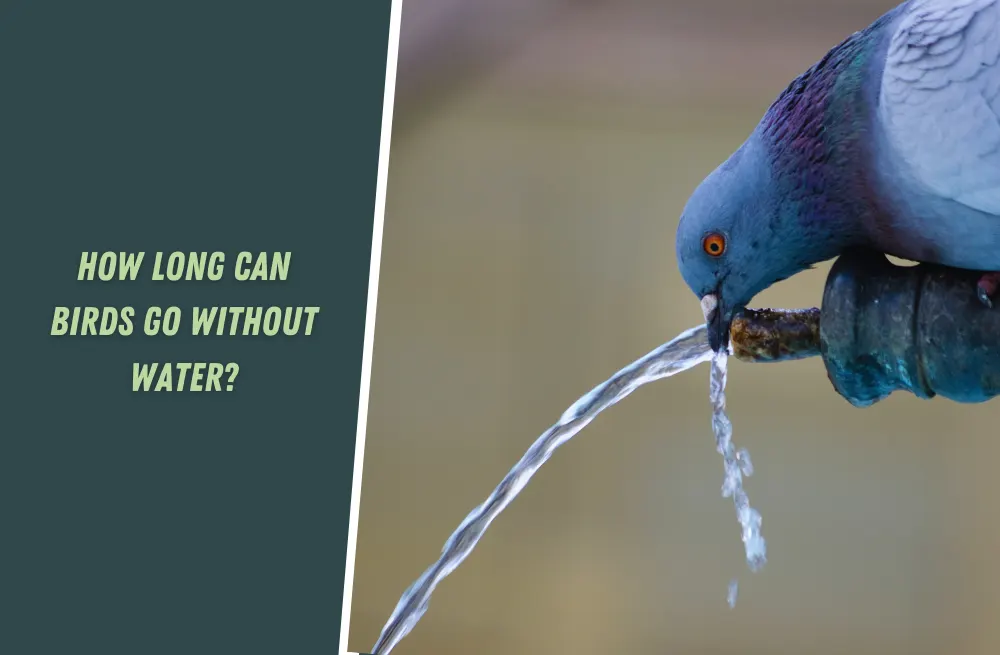Kangaroos use a combination of strength, agility, and alertness to protect themselves from predators. When they sense danger, their first line of defense is their powerful hind legs. Kangaroos can deliver swift and forceful kicks with their strong legs, which can seriously injure or deter predators.
In addition to their kicks, kangaroos are incredibly agile and can move quickly. They can hop at high speeds and make sudden changes in direction, making it difficult for predators to catch them. They rely on their speed and maneuverability to escape from potential threats.
Kangaroos are also very attentive and have keen senses. They have large ears that can swivel to catch sounds from different directions, and their eyes are positioned on the sides of their heads, giving them a wide field of vision. This helps them stay alert and detect predators early, allowing them to react promptly.
Speed and Agility
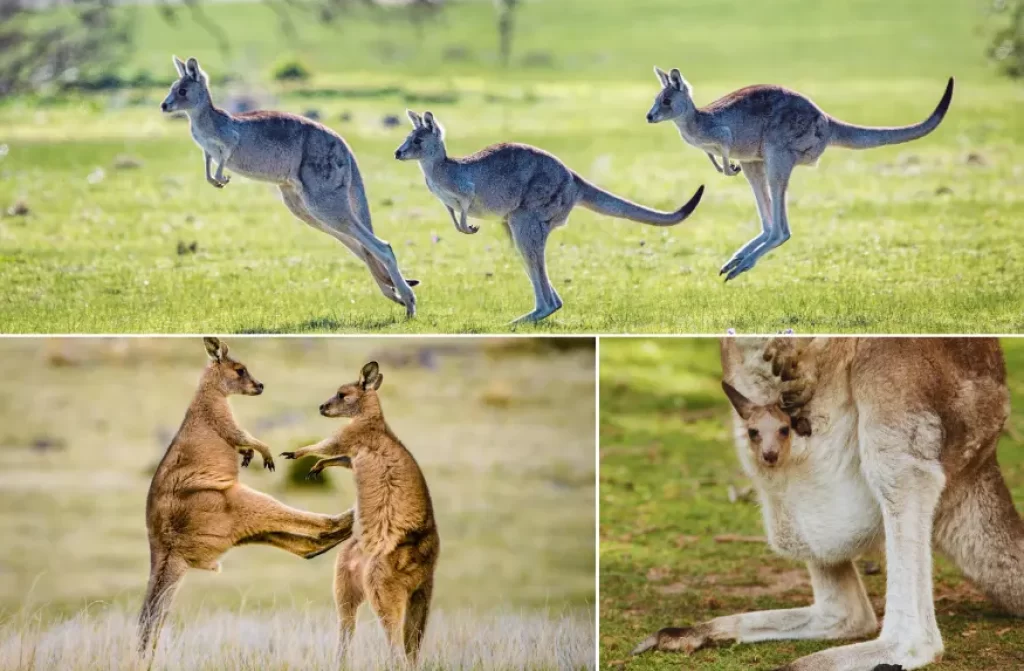
One of the most remarkable and effective defensive mechanisms of kangaroos is their extraordinary speed and agility.
These iconic marsupials are equipped with powerful hind legs that allow them to achieve remarkable bursts of speed, reaching velocities of up to 40 miles per hour (64 kilometers per hour). This incredible speed makes it incredibly challenging for predators to keep pace with them and launch a successful attack.
The kangaroo’s strong hind legs act as powerful springs, propelling their bodies forward in impressive bounds known as “kangaroo hops.”
These hops allow kangaroos to cover significant distances in a short amount of time, making it difficult for predators to maintain pursuit. In addition to their impressive speed, kangaroos also possess a unique ability to make rapid and precise changes in direction, further enhancing their evasiveness.
When faced with a potential threat, kangaroos employ their agility to their advantage. They can quickly shift their body weight, pivot on their hind legs, and change their course of movement with remarkable ease.
This agility allows them to navigate through dense vegetation, rocky terrain, and other challenging environments, effectively evading predators that may struggle to match their nimbleness.
Furthermore, kangaroos have well-developed senses that contribute to their ability to detect and respond to potential threats.
Their keen eyesight and acute hearing enable them to detect predators from a distance, giving them valuable time to initiate their evasive maneuvers. This heightened sensory awareness, coupled with their speed and agility, provides kangaroos with a formidable defense against a wide range of predators.
Powerful Legs and Kicks
Kangaroos possess immensely powerful legs that not only aid in their remarkable jumping ability but also serve as a means of defense. In the face of danger, kangaroos can deliver powerful kicks using their hind legs, capable of inflicting significant harm to predators.
These well-placed and forceful kicks can repel attackers and provide kangaroos with an advantage in confrontations.
In addition to their speed and agility, kangaroos possess immensely powerful legs that play a crucial role in their defense against predators.
These legs, specifically their muscular hind limbs, are not only responsible for their impressive jumping ability but also serve as a formidable weapon when confronted with a threat.
When a kangaroo feels threatened or cornered, it can deliver forceful and well-aimed kicks using its powerful hind legs.
These kicks are capable of inflicting significant harm to potential predators, acting as a deterrent and giving the kangaroo an advantage in confrontations. With their long and muscular hind limbs, kangaroos can generate an immense amount of force, delivering kicks with both precision and strength.
The kangaroo’s kicks are not to be underestimated. They can be directed towards the predator’s body or head, utilizing their sharp claws to cause injury.
The impact from a kangaroo’s kick can fracture bones, inflict deep lacerations, or even incapacitate a predator. This defensive strategy allows kangaroos to protect themselves and their young effectively.
It is important to note that while kangaroos are generally peaceful animals, their kicks are primarily used as a last resort when they perceive a genuine threat. Kangaroos prefer to rely on their speed, agility, and evasive maneuvers to avoid confrontation whenever possible.
However, if escape is not an option, they will defend themselves using their powerful legs as a formidable means of protection.
While kangaroos’ powerful legs and kicks are effective defensive mechanisms, they are not limited to protecting themselves against predators.
In intra-species conflicts, such as disputes over resources or mating rights, kangaroos also employ their strong legs and kicks to establish dominance and resolve disputes within their social groups.
Vigilant Behavior and Alertness
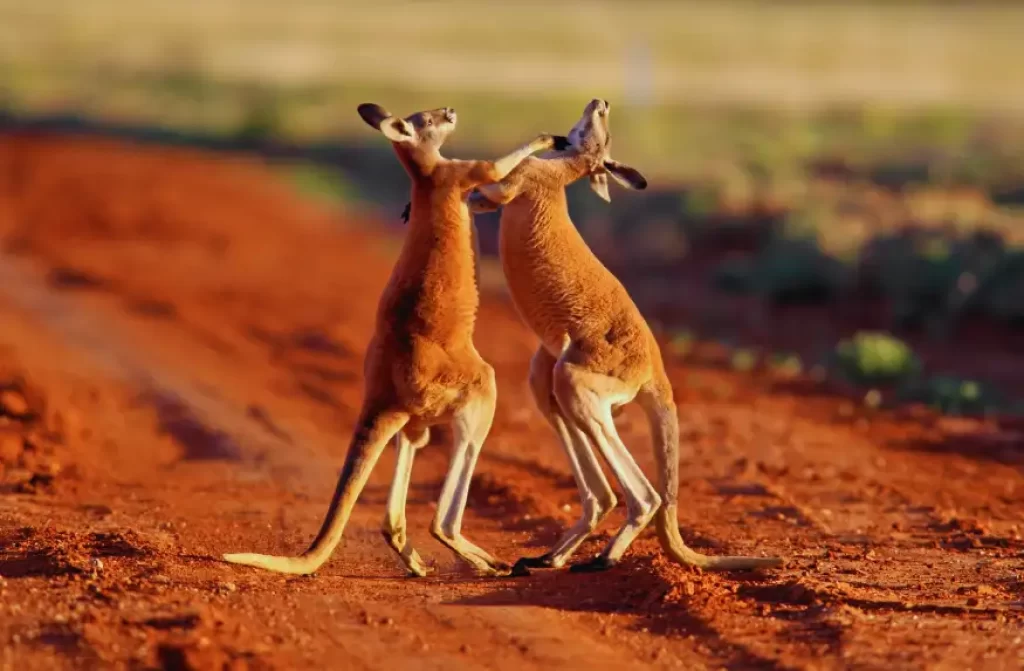
Kangaroos are highly vigilant animals, constantly scanning their surroundings for potential threats. Their acute senses of sight and hearing allow them to detect predators at a distance, giving them ample time to react and seek safety. Kangaroos often exhibit cautious behavior, remaining alert and ready to flee at the first sign of danger.
In addition to their speed, agility, and powerful kicks, kangaroos employ vigilant behavior and acute alertness as crucial defensive strategies. These traits play a vital role in their ability to detect and evade potential predators, enhancing their overall survival in the wild.
Kangaroos possess sharp senses of sight and hearing, which they rely on to monitor their surroundings. Their large eyes provide them with excellent visual acuity, allowing them to scan the environment for any signs of danger.
With their keen eyesight, kangaroos can detect predators from a distance, giving them precious moments to assess the threat and plan their escape.
Furthermore, kangaroos have highly sensitive ears that can pick up faint sounds, even in the vast and often noisy Australian landscapes they inhabit. They can accurately pinpoint the direction of sounds, helping them identify the presence of predators or other potential threats.
By combining their acute hearing with their visual awareness, kangaroos create a comprehensive picture of their surroundings, maximizing their ability to detect danger.
When kangaroos sense a potential threat, they exhibit cautious behavior, becoming even more vigilant and alert. They freeze momentarily, assessing the situation and evaluating the level of danger.
This behavior allows them to make informed decisions about the best course of action, whether it involves fleeing, seeking cover, or preparing for a confrontation.
The vigilance of kangaroos is not limited to individual animals but also extends to their social groups. Kangaroos often live in loosely knit communities, known as mobs, where they rely on each other for increased safety.
Within a mob, multiple individuals are on the lookout for potential predators, taking turns to keep watch while others feed or rest.
This collective vigilance ensures that any threat is quickly detected and communicated to the rest of the group, enabling a coordinated response for the protection of all members.
It is worth noting that kangaroos’ vigilant behavior and alertness are not solely for defense against predators but also serve as a means of avoiding other potential dangers, such as harsh environmental conditions or territorial disputes with other kangaroos.
Safety in Numbers and Group Dynamics
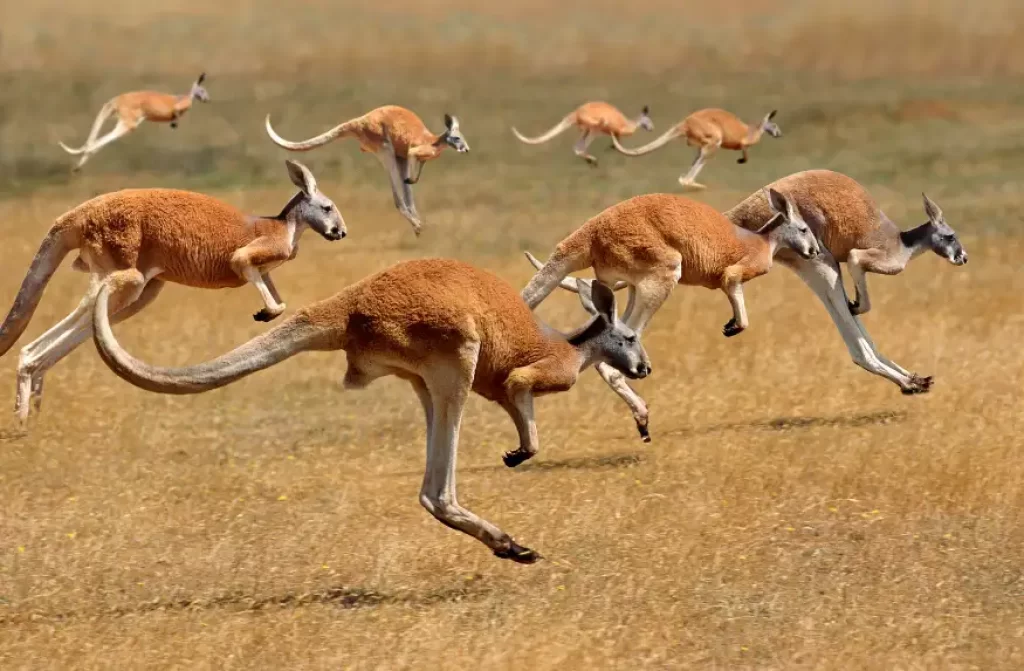
Kangaroos are social animals that frequently gather in groups called mobs. Living in larger numbers provides several advantages, particularly when it comes to predator detection and defense.
With multiple pairs of eyes and ears scanning the surroundings, the chances of detecting predators early on increase significantly. This early detection allows the mob to react swiftly and effectively, minimizing the risk of predation.
Within a mob, kangaroos exhibit coordinated group dynamics that contribute to their collective safety. They establish a hierarchy where dominant individuals take on leadership roles and maintain order within the group.
This hierarchical structure facilitates decision-making and ensures efficient communication during potential threats. Lower-ranking individuals often rely on the cues and signals of higher-ranking individuals to assess the severity of the situation and determine the appropriate response.
When a potential predator is detected, kangaroos within the mob may adopt defensive formations. Some individuals position themselves on higher ground or in strategic locations to act as lookouts, keeping a watchful eye on the surroundings while others engage in essential activities like feeding or resting.
This division of roles allows the mob to maintain a constant state of vigilance, ensuring that any threat is detected promptly.
Moreover, the presence of multiple kangaroos in a mob can serve as a deterrent to predators. Predators may be less inclined to target a group of kangaroos due to the increased risk of injury or retaliation. The size and collective strength of the mob can intimidate predators and discourage them from launching an attack.
In addition to protection against predators, mob dynamics also offer advantages in other aspects of kangaroo life. Mobs provide opportunities for social interaction, grooming, and the sharing of resources. They also offer a sense of belonging and cooperation, strengthening the overall resilience and well-being of individual kangaroos within the group.
Camouflage and Blending In
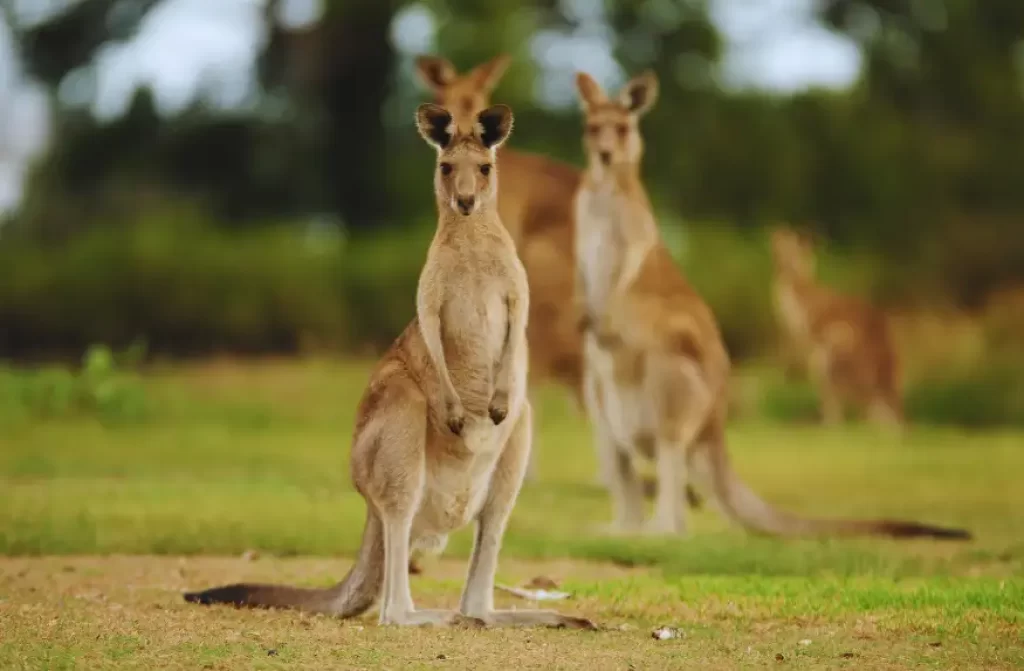
The fur coloration of kangaroos plays a significant role in their ability to blend in with their surroundings. Kangaroos exhibit a range of colors, including various shades of brown and gray, which allow them to seamlessly merge with their natural environment.
This natural camouflage helps them remain inconspicuous and reduces the chances of detection by predators, particularly when they remain motionless or hide in vegetation.
Kangaroos often inhabit environments with diverse vegetation, including grasslands, forests, and shrublands. Their fur coloration matches the tones and patterns found in these habitats, making it easier for them to blend in and avoid being easily spotted by predators.
When a kangaroo crouches down or rests amidst tall grass or dense foliage, its fur coloration aids in breaking up its silhouette, further enhancing its camouflage.
The ability to blend in with the environment provides kangaroos with several advantages. By remaining hidden, they reduce the risk of becoming the target of predators’ attention. It allows them to observe their surroundings without drawing unwanted attention, increasing their chances of detecting predators or other potential threats early on.
This camouflage also facilitates their escape strategies, as they can exploit their surroundings to conceal their movements and avoid direct confrontations.
Furthermore, kangaroos have adapted to employ additional camouflage techniques to increase their chances of survival. When faced with a potential threat, kangaroos may freeze or remain motionless, relying on their natural camouflage to go unnoticed by predators.
By staying still, they minimize the chances of attracting attention and increase their chances of evading detection.
Conclusion
Kangaroos have developed a fascinating array of adaptations to defend themselves against predators. Their remarkable speed and agility, powerful legs and kicks, vigilant behavior and alertness, safety in numbers and group dynamics, and camouflage and blending techniques all contribute to their survival.
These defense mechanisms have allowed kangaroos to thrive in the Australian landscape and ensure the continuation of their species. Understanding and appreciating these remarkable adaptations can deepen our admiration for these unique and iconic animals.






